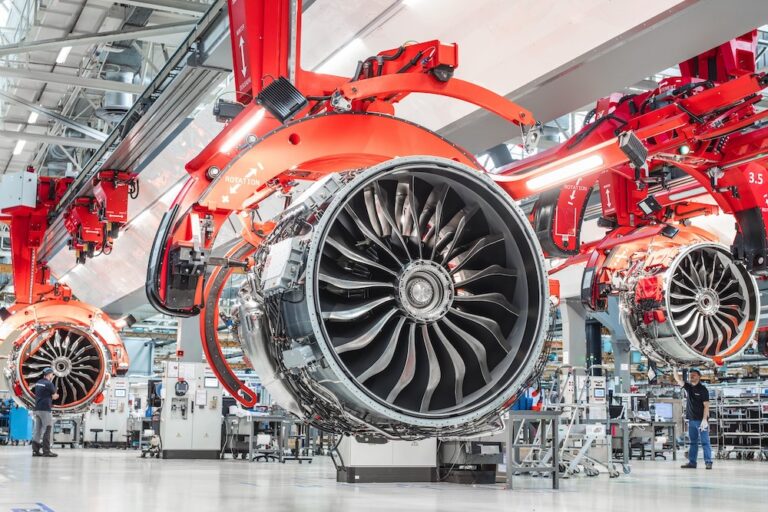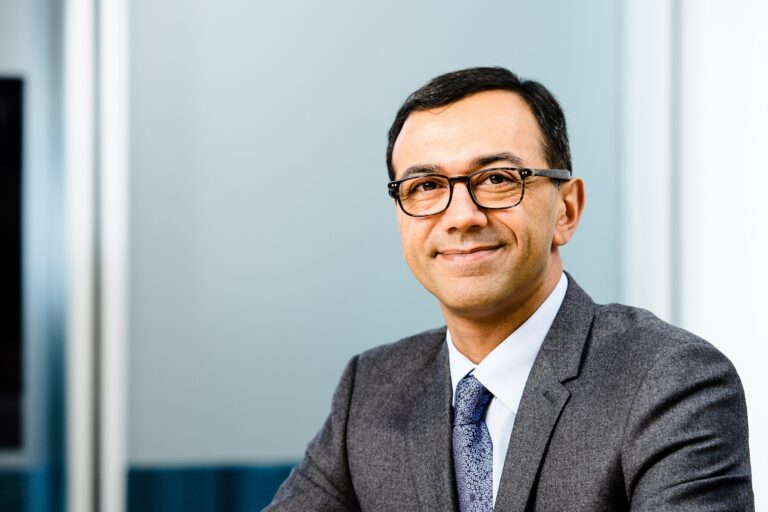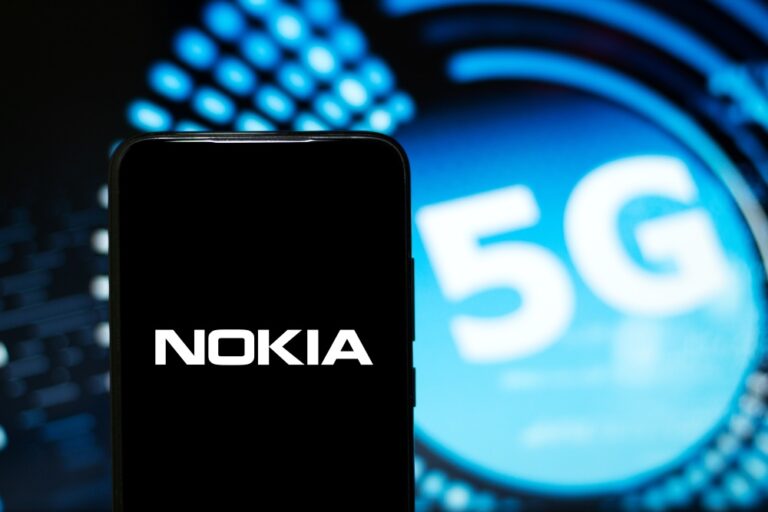It is executing its five-point strategy announced in December 2019 to slash costs outside its four key markets.
Telefónica announced its strategy in November 2019, naming Brazil, Germany, Spain and the UK as its four key markets. It said it would strive to exit or reduce costs in other LatAm markets.
Telefonica Moviles Mexico was fast off the market in Mexico where it trades under the Movistar brand, signing an agreement with AT&T Mexico in November 2019 by which it would access capacity on the AT&T nationwide 3G and 4G networks, and on new access networks as they came onto the market.
The agreement allowed Movistar to give up its spectrum holding, and in the first quarter of 2020 it returned its 1900MHz and 2500MHz to the regulator for a refund of $100 million.
This also released Movistar from the coverage obligations of operators holding 2500MHz spectrum.
Movistar divided its Mexican territories into several regions for the migration. Movistar completed the first phase of it network migration initiative in January 2021, connecting subscribers across several states to AT&T Mexico’s network.
They included Baja California Norte, Baja California Sur, Chihuahua, Durango, Coahuila, Nuevo Leon and Tamaulipas – or Regions 1, 3 and 4, in Movistar’s plan.
Under that first phase, Movistar confirmed that 38 cities were connected to AT&T’s LTE network – among them Acapulco, Cordoba and Puerto Vallarta. This has provided a further 6.2 million Mexicans with access to 4G.
At the end of March 2021, Movistar had migrated 35% of its traffic from its own network to AT&T’s cellular network, and now Movistar has announced that its second phase is close to completion: 70% of its network traffic in Mexico will be carried on AT&T infrastructure by the end of this year.











